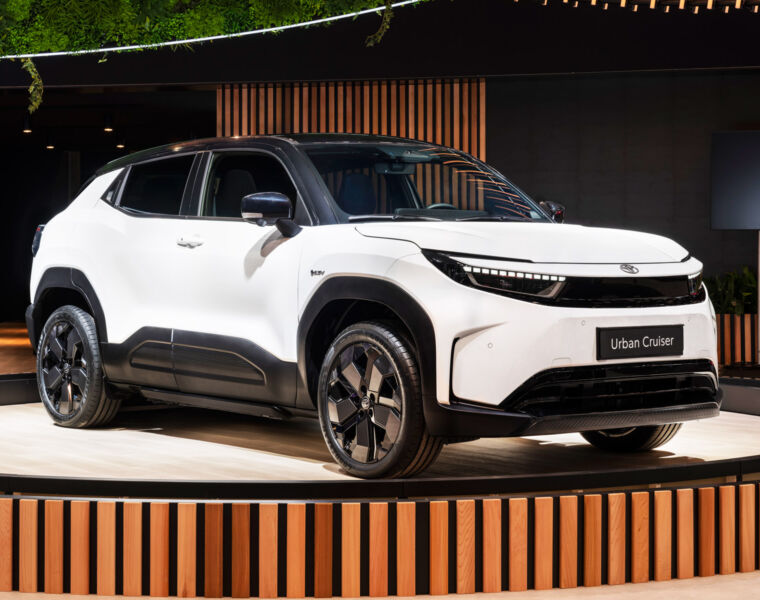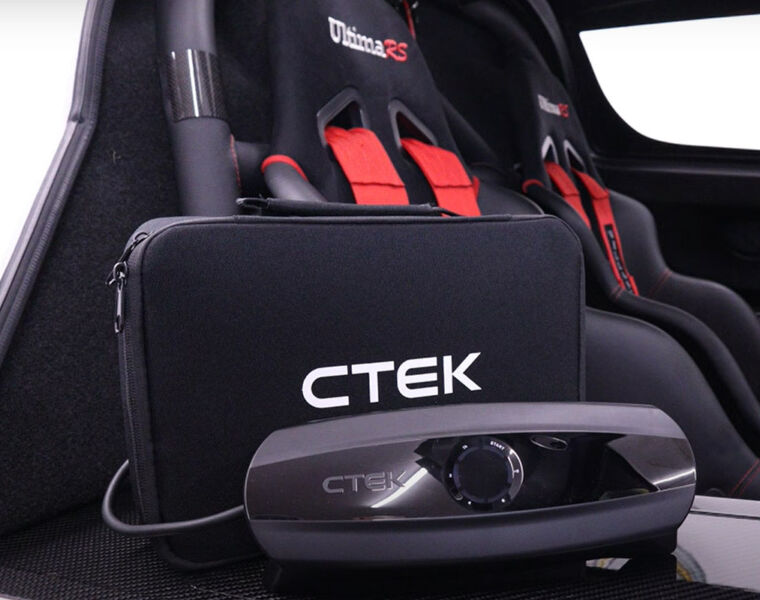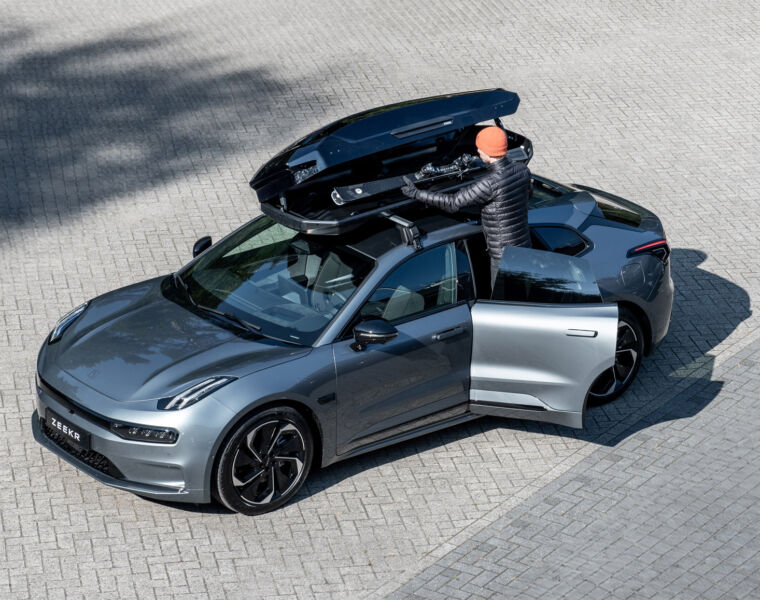
Where existing and future INFINITI models adhere to the company’s “Q” and “QX” nomenclature, Prototype 9 represents something different. Echoing the company’s origins, the figure “9” is pronounced “kyuu” in Japanese – similar to the English pronunciation of the letter “Q,” which is used for all of the company’s production cars.
Prototype 9: Designers imagine, “what if…?”
“We discussed the idea of ‘chancing’ upon an unrecognized race car, hidden away for decades in a barn, deep in the Japanese countryside. We wanted to explore what this looked like, what it would have been made of. Open-wheeled racers of the age were beautiful machines, elegant and powerful and with a wonderful purity of purpose. It’s an automotive fantasy, but the notion captured our imaginations enough to put pencil to paper.” – Alfonso Albaisa, Senior Vice President, Global Design
The starting point for bringing Prototype 9 to life was a conceptual sketch: an interpretation of an INFINITI race car, inspired by roadsters and aircraft of the era yet moulded in new materials and advanced technology. From this moment Prototype 9’s transformation from sketch to reality was inevitable.

Albaisa created a sketch of the vehicle, with sleek lines, and aeronautically-inspired bodywork crafted in bare sheet metal. Initially shared only with close colleagues, the idea soon spread among INFINITI’s design team members – with a number enthusiastically calling for the vehicle to be brought to life. The sketch triggered a domino effect – each person who saw it felt it deserved more attention, and soon there was a burgeoning desire within INFINITI to take it beyond the drawing board.
More designers at the INFINITI Design Studio in Atsugi, Japan, began making their own detail contributions – the shape, design and materials that could feature in the cockpit, for example. Chasing a passion for beautiful vehicle design, the team moved to bring the sketch into the physical world.
The vehicle was transformed from a daring idea into scale design studies in clay. Full-size models were soon formed. Although still a secretive “passion project” at this point, word seeped into other parts of INFINITI Motor Company and throughout its parent company, the Nissan Motor Corporation. People noticed something a little different was taking shape at the design centre.

Japanese craftsmanship
“The creation of the real world INFINITI Prototype 9 was entirely and coincidentally organic. As we started work on a physical model, word spread beyond the core design team, and other departments started checking in and offering assistance. Eventually, the production team became aware of the project – and brought with them the desire and skills to build it.” – Alfonso Albaisa, Senior Vice President, Global Design
When INFINITI’s production team became aware of Prototype 9, they immediately offered to build it. The model was secretly moved from the INFINITI Design Studio in Atsugi to a secluded section of the Nissan Research Center, Oppama, just outside Yokohama, Japan. Here, the car could be quietly constructed. A team of Takumi – Nissan Motor Corporation’s master craftspeople – was gathered to create the motorsport- and aeronautically-inspired racer.
Finished in a bare sheet-metal skin, Prototype 9 is the result of countless hours of careful construction. The designs of the brand’s contemporary road cars are characterized by deep-stamping production methods, which enable the creation of sharply defined lines and smooth body surfaces. Far from production lines, this out-of-hours project required similarly technical yet more traditional crafting methods.
The vehicle’s stunning bodywork is made from steel body panels wrapped around a steel ladder frame. The panels were hammered into shape by the Takumi. For Prototype 9, panel beaters incorporated INFINITI’s signature design elements, such as the double-arch grille, “shark gills” aft of the front wheels, a single-crease hood, and sharp lines that stretch from front to rear.




You must be logged in to post a comment.